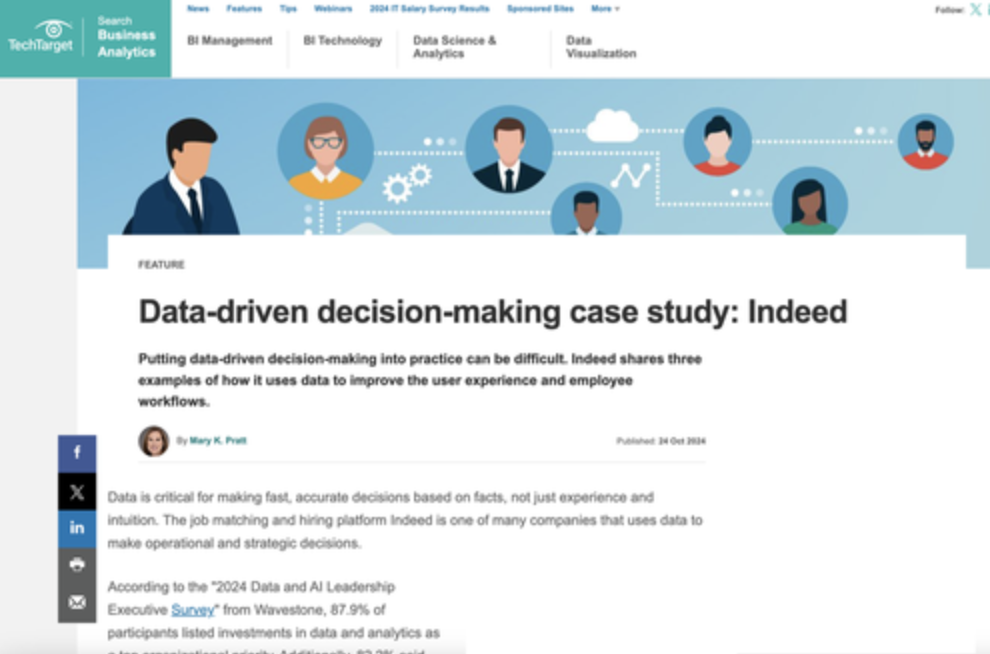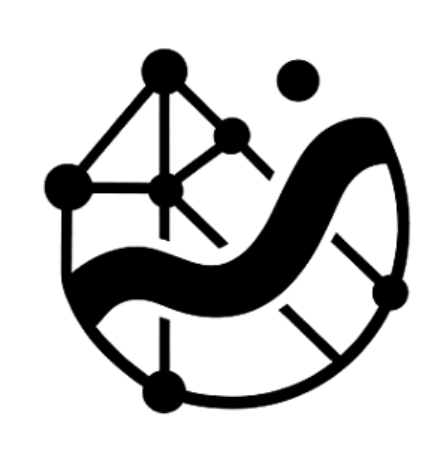Evolving from Gobo to Alvio
Architecting Insight infrastructure to empower smart product decisions
Gobo started as a creative space to explore the parts of product work that often fall between the cracks—messy methods, ambiguous signals, and hard-to-measure outcomes. I used metaphor to explore complexity—survey monsters to wrangle methods and Gobo guides to navigate the gray areas most frameworks avoid.
Beneath it all was a real question: how do we make customer feedback and data more actionable—and turn scattered signals into insight infrastructure that aligns purpose, tools, and teams across the product lifecycle to deliver real value to our customers?
Make insight infrastructure part of your operational DNA
While at Indeed, my team and I built ASK’EM—a targeted satisfaction framework that replaced NPS with journey-specific in-app feedback.
It became the connective tissue between Product, UX, Engineering, and CS across the end-to-end ecosystem, and was recently highlighted in TechTarget as a case study on data-driven decision making.
For the first time, it wasn’t the user vs. the business—it was the user and the business.
At Splunk, we’re building a product experience measurement system called AAIM UP with U3. It brings together sentiment, outcome data, usability signals, and long-term value metrics like retention, churn, and conversion—connected to clickstream behavior, path analytics, and experimentation results.
The result is a fuller view of experience—how people feel, what they achieve, and how they move through the product. It supports faster decisions, clearer OKRs, and customer-aligned progress at scale.
We’re collecting data, shaping signals, and scaling insight through infrastructure—so teams can align faster and decide smarter.
My work at Indeed and Splunk surfaced a deeper challenge: in a world flooded with signals, how do we build systems that make sense of them— that don’t just track feedback and data, but translate it into aligned, confident action?
Especially now, as AI accelerates and the need for system-level understanding grows, the question became unavoidable:
What would it mean to productize research—not just to collect more feedback and data, but to operationalize insight as infrastructure across the product lifecycle and teams?
Not another dashboard. Not another scorecard. But a system—powered by AI, guided by human judgment—that helps teams truly understand their users, see what’s working, and decide where to focus next.
A system that turns research into operational DNA—tracking the right moments for the right people and translating them into outcomes that drive alignment, decisions, and advantage.
That question became the blueprint for Alvio.
What Alvio solves?
Clarity at scale needs structure. Alvio is a foundation for smarter product decisions—a platform-in-progress built for teams ready to move beyond collecting more data, and start operationalizing insight across their product lifecycle.
With Alvio, teams can:
Understand who you're building for
Know what matters most to them
See where the experience breaks or thrives
Connect insight to real impact
Gobo helped me explore the messy middle—asking better questions, navigating ambiguity, and illuminating what mattered most. Alvio builds on that work. It’s the system that lets us act on those questions with structure, speed, and shared direction.
Gobo > Alvio
It’s still the same mission: make experience feedback useful, usable, and ubiquitous. But now, it’s designed for scale—so insights don’t just inform, they guide.
Gobo was the signal.
Alvio is the insight infrastructure—a decision-enablement layer that turns those signals into movement, alignment, and measurable progress through closed feedback loops, embedded measurement systems, and shared signals teams can act on.
Alvio as platform-in-progress
Alvio is evolving into a fully integrated SaaS platform designed to transform product experience measurement into a scalable insight engine for clarity, coordination, and impact.
This isn’t about more data and dashboards. It’s about building the infrastructure that connects feedback to outcomes, insight to execution, and users to the teams that serve them—and connects those teams to each other through shared signals, tools, and understanding.
It will help teams:
Define your users and their goals
Use segmentation, journey mapping, and goal modeling to clarify who you're building for—and what success looks like.Measure what matters
Track satisfaction, value realization, and outcome signals across time, segments, and touchpoints.Track signals in real-time
Capture friction, usage patterns, and workflow bottlenecks across real-time journeys and cross-functional systems.Connect insight across the ecosystem
Tie experience signals directly to business performance—like revenue, retention, churn, and LTV.Prioritize with confidence
Use predictive tools to align roadmaps with impact—not assumptions.Accelerate with shared direction
Operationalize OKRs and feedback loops that drive alignment, learning, and continuous improvement.
Alvio isn’t just a way to understand what’s happening—it’s how you align around why, and move forward with clarity.
Whats next
As I build Alvio, I’ll be sharing the journey—tradeoffs, tools, and lessons—from the ground up.
I’m figuring out what it really takes to turn shared understanding into meaningful action—for our customers, our business, and our teams.
You’ll hear from the folks who’ve shaped it, explore the tools we’re building to help teams put it into practice, and maybe even find something that helps your own work click into place.
That includes things like Alvio Allies—our new GPT-powered agents designed to help you run studies, synthesize large volumes of feedback, and apply measurement frameworks across the product experience.
If you're working to connect the dots across insights, outcomes, and impact, I’d love to have you along for the ride.
‘Til next time,
I’m Bianca









